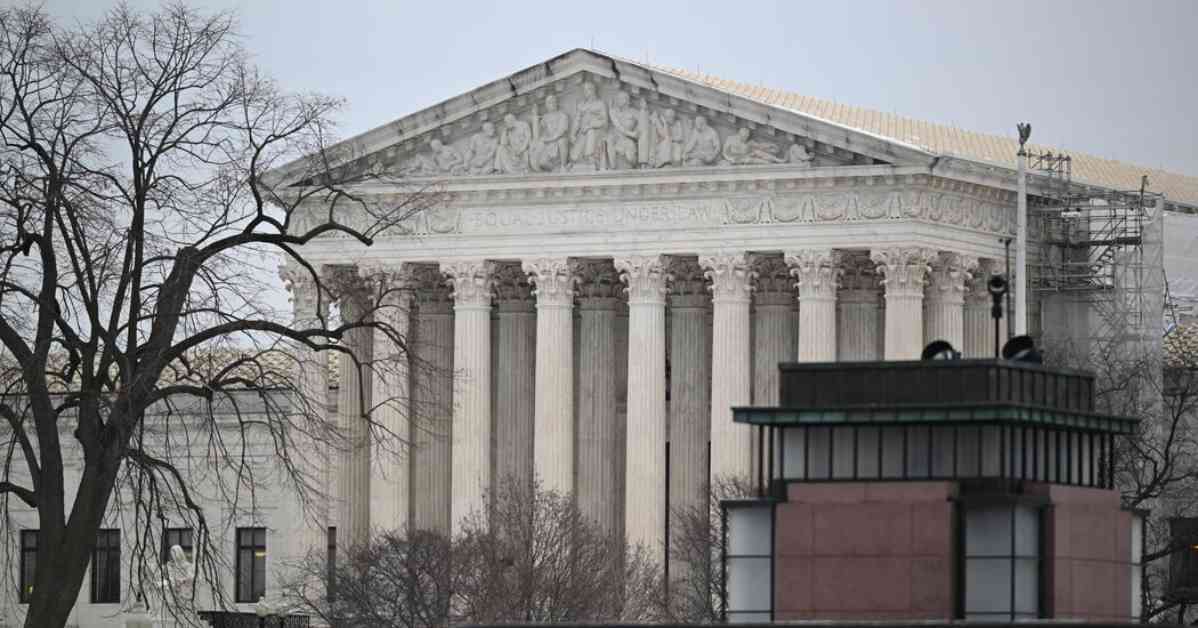The recent legal battle between the Trump administration and the Supreme Court has captured the attention of the nation, as the president seeks the power to remove a government lawyer heading the agency protecting whistle-blowers. In a letter penned by Sarah M. Harris, the acting solicitor general, she emphasized the urgency for a swift resolution following the court’s ruling last week that temporarily barred Trump from firing the said lawyer.
Developments Prompt Urgent Action
In a bid to address the pressing concerns arising from the president’s executive actions, the Trump administration made a compelling case before the Supreme Court, urging prompt action in light of recent events. The court’s decision to temporarily block President Trump from removing the government lawyer overseeing the whistle-blower protection agency raised significant legal implications and underscored the need for a swift resolution.
Notably, a trial judge’s temporary restraining order safeguarding the lawyer, Hampton Dellinger, was set to expire on Wednesday, adding to the urgency of the situation. Following a hearing on the matter, Judge Amy Berman Jackson extended the protective order until Saturday to allow time for her to deliver a well-considered opinion. This extension provided a brief reprieve while the legal teams prepared their arguments for the impending showdown.
Legal Complexities and Executive Power Struggles
The intricacies of the case became more apparent as Sarah M. Harris detailed Mr. Dellinger’s active role in challenging the firings of six probationary employees before the Merit Systems Protection Board. Notably, the board temporarily reinstated these employees, showcasing the complex interplay of executive powers and legal oversight in this high-stakes battle.
Highlighting the gravity of the situation, Harris pointed out the unusual scenario where a dismissed special counsel wields executive authority to counter the employment decisions of other executive agencies. Moreover, the merit board, led by a chairman previously fired and reinstated by a district court, added a layer of complexity to the legal landscape. These intertwined narratives underscored the urgency for the justices to intervene promptly and provide clarity in a situation fraught with legal uncertainties.
As the legal saga unfolds, the Trump administration has urged the Supreme Court to maintain its emergency application in abeyance, pending further developments. With the district court expected to issue a final decision on March 1, the need for a prompt resolution becomes increasingly evident. The shifting dynamics of executive power, legal challenges, and the delicate balance of authority have set the stage for a legal showdown with far-reaching implications.
In conclusion, the battle over the president’s firing power has brought to light the intricate legal tapestry that underpins the highest levels of government. As the Supreme Court weighs its next steps in this legal drama, the nation watches with bated breath, eager to witness the resolution of a case that could reshape the boundaries of executive authority. The unfolding legal saga serves as a poignant reminder of the delicate balance of power in a democracy, where checks and balances play a crucial role in upholding the rule of law.

